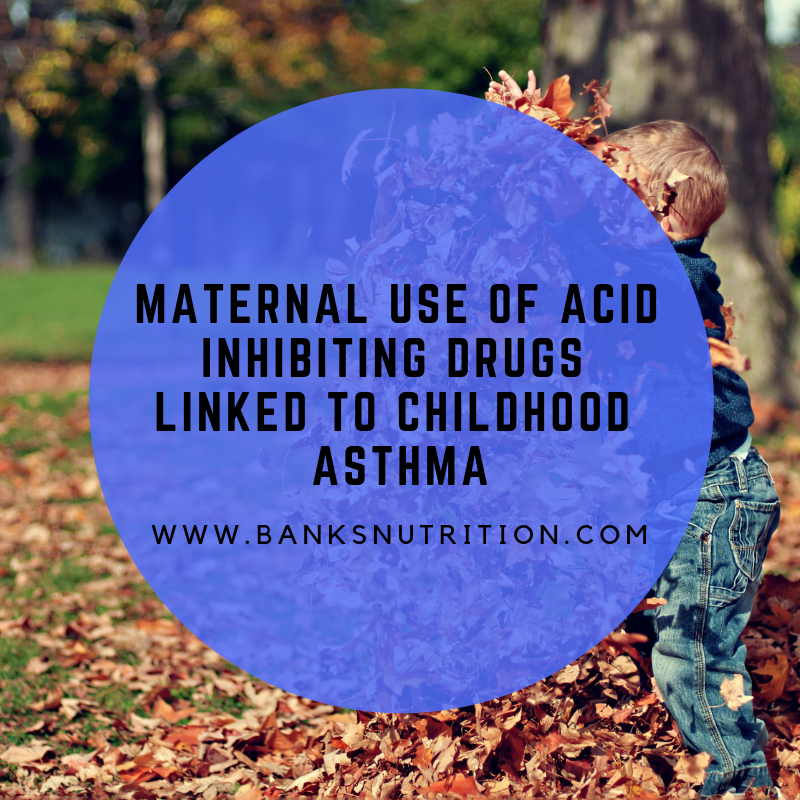
Maternal Use of Acid Inhibiting Drugs Linked to Childhood Asthma
May 3, 2012
The list of problems associated with the use of stomach acid inhibiting drugs (PPIs) continues to grow. The list already contains osteoporosis, increased infection rates, low blood magnesium levels causing heart rhythm abnormalities, muscle cramps, and others. These adverse effects are really pretty predictable as the acidity in the stomach plays very important roles in human function including the facilitation of the absorption of minerals such as calcium and magnesium, destroying bacteria introduced by food and helping digestion in general.
There is now a new problem to be added to the list, the induction of asthma in the offspring of PPI users. A study of the issue in about 200,000 children in Denmark(1) showed it was found that maternal use of PPI during pregnancy was associated with a 40% increased risk of asthma in the child. The scientific debate about the study suggests that the association does not prove direct cause of the offspring asthma by the PPI drugs. It may relate to the drug altering the maternal digestive tract bacteria and/or causing digestive tract yeast growth. The infant develops their normal healthy bacterial populations directly from the mother.
Whether it is a direct effect caused by the drug or a secondary effect caused by the drug altering the maternal environment, it still is a problem caused by the maternal use of the drug. The lesson from this study appears to be that maternal use of PPIs should be cautiously considered both over concerns about the mother’s own health and over concerns about creating asthma risk in the child.
Every normal human function serves a purpose and simply shutting it down as the simple way to treat a symptom is not the best approach. People develop digestive symptoms such as indigestion for a reason. If the reason is found and the mechanism is corrected, the symptoms typically resolve. This seems like a better approach for both generations.
1) McGrath KW et al. Am J Respir Crit Care Med 2012 Mar 15; 185:612.